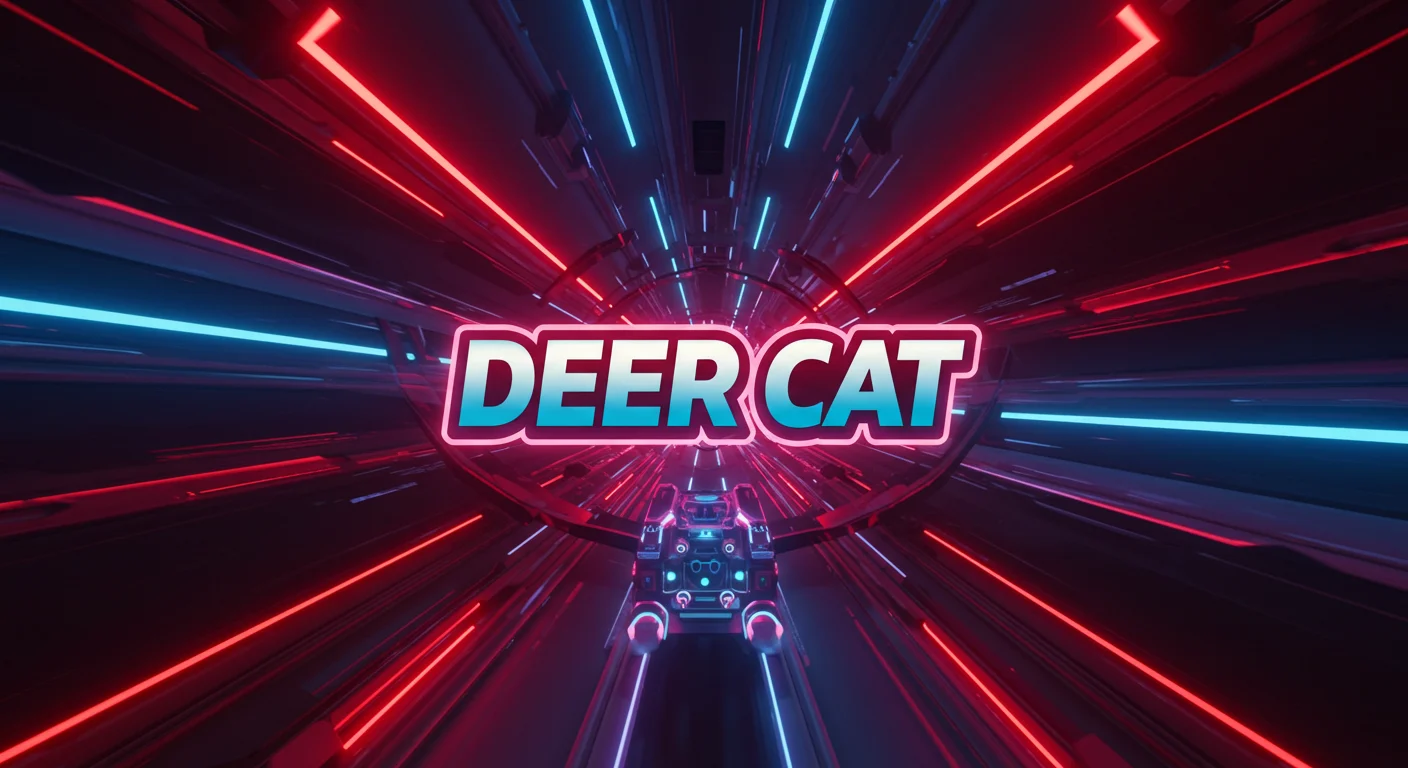Junji Ito’s “Uzumaki” stands as a pinnacle of horror manga, captivating readers with its intricate blend of cosmic horror and psychological terror. This masterpiece of Japanese horror comics has left an indelible mark on the manga landscape, inspiring countless fans and creators alike. In this deep dive, we’ll explore the twisted world of Kurouzu-cho and unravel the dark genius behind Ito’s spiral-infested nightmare.
The Spiral Obsession: Unraveling Uzumaki’s Central Theme
At the heart of Uzumaki lies an insidious force – the spiral. This seemingly innocuous shape becomes the catalyst for unimaginable horrors in the small coastal town of Kurouzu-cho. Ito’s brilliance shines through as he transforms this everyday pattern into a source of cosmic dread, infecting the town and its inhabitants in increasingly disturbing ways.
The spiral motif serves as more than just a visual element; it becomes a metaphor for the inescapable nature of fate and the cyclical patterns of life and death. As readers, we’re drawn into this vortex of terror, much like the characters themselves, unable to look away from the grotesque transformations and bizarre events unfolding before our eyes.
Symbolic Depth in Manga Storytelling
Uzumaki exemplifies the power of symbolism in manga. The spiral’s omnipresence throughout the story – from natural phenomena to human anatomy – creates a sense of paranoia and unease that permeates every panel. This use of a central motif demonstrates the unique storytelling capabilities of the manga medium, where visual and narrative elements intertwine to create a truly immersive horror experience.
Character Metamorphosis: The Human Cost of Cosmic Horror
One of Uzumaki’s most striking aspects is its portrayal of body horror. Ito’s characters undergo grotesque transformations, their bodies warping and twisting in spiral patterns. These metamorphoses serve not only to shock and disturb but also to explore themes of identity and the loss of humanity in the face of incomprehensible forces.
The manga’s protagonists, Kirie Goshima and Shuichi Saito, serve as our guides through this spiral-infested nightmare. Their struggle to maintain their sanity and humanity in the face of cosmic horror provides the emotional core of the story, grounding the otherworldly events in relatable human experiences.
The Art of Horror in Japanese Comics
Ito’s artwork in Uzumaki is a testament to the power of visual storytelling in horror manga. His intricate, detailed illustrations bring the spiral curse to life with unsettling clarity. The contrast between the mundane setting of Kurouzu-cho and the increasingly bizarre and horrific events creates a sense of cognitive dissonance that amplifies the horror.
Cosmic Horror in a Small-Town Setting
Uzumaki brilliantly melds the cosmic horror tradition of H.P. Lovecraft with the intimate setting of a small Japanese town. This juxtaposition of the infinite and the intimate creates a unique atmosphere of dread, where the familiar becomes twisted and alien.
The gradual revelation of the town’s dark history and its connection to the spiral curse adds layers of mystery and intrigue to the narrative. As the story progresses, readers are drawn deeper into the enigma of Kurouzu-cho, mirroring the characters’ descent into madness and obsession.
Cultural Context in Japanese Horror
While Uzumaki draws inspiration from Western cosmic horror, it remains distinctly Japanese in its execution. The manga incorporates elements of Japanese folklore and urban legends, creating a unique blend of cultural influences that resonates with readers across the globe.
Legacy and Impact on Horror Manga
Uzumaki’s influence on the horror manga genre cannot be overstated. Its success paved the way for more experimental and boundary-pushing works in Japanese comics, inspiring a new generation of manga artists to explore the depths of psychological and cosmic horror.
The manga’s popularity has led to various adaptations, including a live-action film and an upcoming anime series. These adaptations have introduced Ito’s work to a broader audience, cementing Uzumaki’s status as a classic of horror literature.
Fanbase and Cultural Impact
The enduring popularity of Uzumaki among manga fans speaks to its universal appeal. The manga has spawned a dedicated fanbase, with readers dissecting its symbolism, creating fan art, and engaging in spirited discussions about its themes and mysteries. This active fan community has helped keep Uzumaki relevant years after its initial publication.
Conclusion: The Endless Spiral of Uzumaki’s Appeal
Junji Ito’s uzumakimanga.net remains a pinnacle of horror manga, a work that continues to captivate and disturb readers with its intricate storytelling and haunting imagery. Its exploration of cosmic horror through the lens of a small-town curse creates a unique and unforgettable reading experience that lingers long after the final page is turned.
As we conclude our journey through the spiral-infested world of Kurouzu-cho, we invite you to share your own experiences with Uzumaki. How has this masterpiece of horror manga affected you? What scenes or themes resonated most deeply? Join the conversation and let’s continue to unravel the mysteries of Junji Ito’s dark masterpiece together.




























